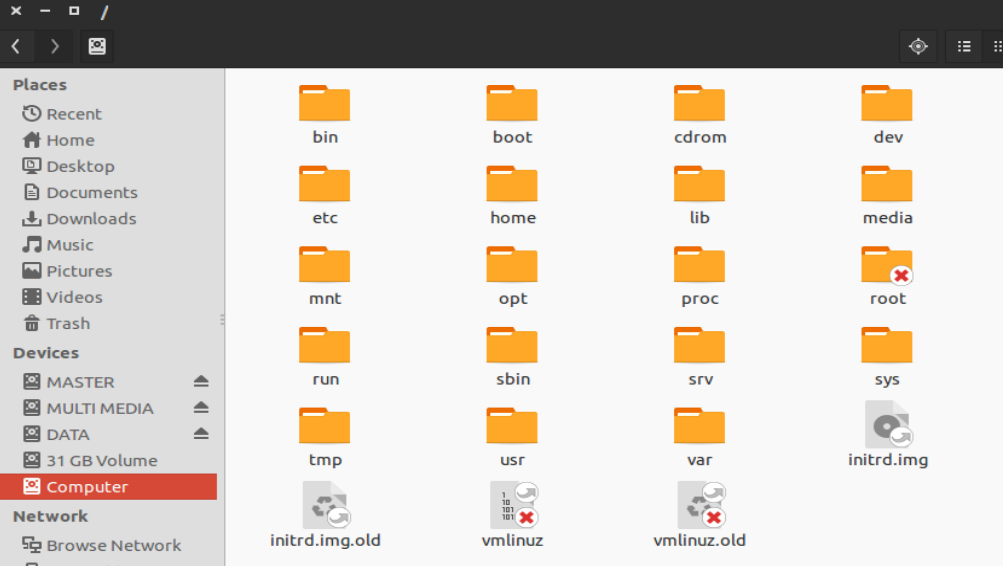
T, -tabsize=COLS assume tab stops at each COLS instead of 8

t sort by modification time, newest first time-style=TIME_STYLE time/date format with -l see TIME_STYLE below Modification time: atime or access or use (-u) Ĭtime or status (-c) also use specified timeĪs sort key if -sort=time (newest first) time=WORD with -l, show time as WORD instead of default sort=WORD sort by WORD instead of name: none (-U), size (-S), s, -size print the allocated size of each file, in blocks R, -recursive list subdirectories recursively (overrides QUOTING_STYLE environment variable) Shell-escape, shell-escape-always, c, escape quoting-style=WORD use quoting style WORD for entry names: Q, -quote-name enclose entry names in double quotes Unless program is 'ls' and output is a terminal) show-control-chars show nongraphic characters as-is (the default, q, -hide-control-chars print ? instead of nongraphic characters o like -l, but do not list group information N, -literal print entry names without quoting n, -numeric-uid-gid like -l, but list numeric user and group IDs m fill width with a comma separated list of entries References rather than for the link itself Link, show information for the file the link L, -dereference when showing file information for a symbolic Used only with -s and per directory totals k, -kibibytes default to 1024-byte blocks for disk usage

I, -ignore=PATTERN do not list implied entries matching shell PATTERN i, -inode print the index number of each file indicator-style=WORD append indicator with style WORD to entry names: hyperlink hyperlink file names WHEN can be 'always' hide=PATTERN do not list implied entries matching shell PATTERN h, -human-readable with -l and -s, print sizes like 1K 234M 2G etc.įollow symbolic links listed on the command line G, -no-group in a long listing, don't print group names full-time like -l -time-style=full-isoĬan be augmented with a -sort option, but any Single-column -1, verbose -l, vertical -C format=WORD across -x, commas -m, horizontal -x, long -l, file-type likewise, except do not append '*' F, -classify append indicator (one of to entries f do not sort, enable -aU, disable -ls -color f do not sort, enable -aU, disable -ls ls -help D, -dired generate output designed for Emacs' dired mode d, -directory list directories themselves, not their contents If omitted), 'auto', or 'never' more info below color colorize the output WHEN can be 'always' (default

Modification of file status information) c with -lt: sort by, and show, ctime (time of last B, -ignore-backups do not list implied entries ending with ~ block-size=SIZE with -l, scale sizes by SIZE when printing them Į.g., '-block-size=M' see SIZE format below b, -escape print C-style escapes for nongraphic characters author with -l, print the author of each file a, -all do not ignore entries starting with. Mandatory arguments to long options are mandatory for short options too. Sort entries alphabetically if none of -cftuvSUX nor -sort is specified. List information about the FILEs (the current directory by default). cacheĭrwxr-xr-x 2 kali kali 4096 Aug 11 04:40 Desktop

bashrc.originalĭrwxr-xr-x 8 kali kali 4096 Aug 11 04:40. For example, if you are under root directory (/) and you use Linux ls command without any option, then you can list the files under root directory ls -laĭrwxr-xr-x 17 kali kali 4096 Sep 19 08:52. When you use ls option without any parameter, you can list the files within the current directory. You can use ls command without any parameter. In another lesson, we have talked about user listing in Linux. In this lesson, we will talk about these options. With different options, we can do this listing in different variations. We use ls command in Linux to list files. So, why we use linux ls command? What are Linux ls options? In this lesson, we will learn Linux ls options one by one.įirstly, let’s answer the first question, why we use Linux ls command. So, we will use linux ls command very often. In Linux Course and in real life works, we will work on files too much.


 0 kommentar(er)
0 kommentar(er)
